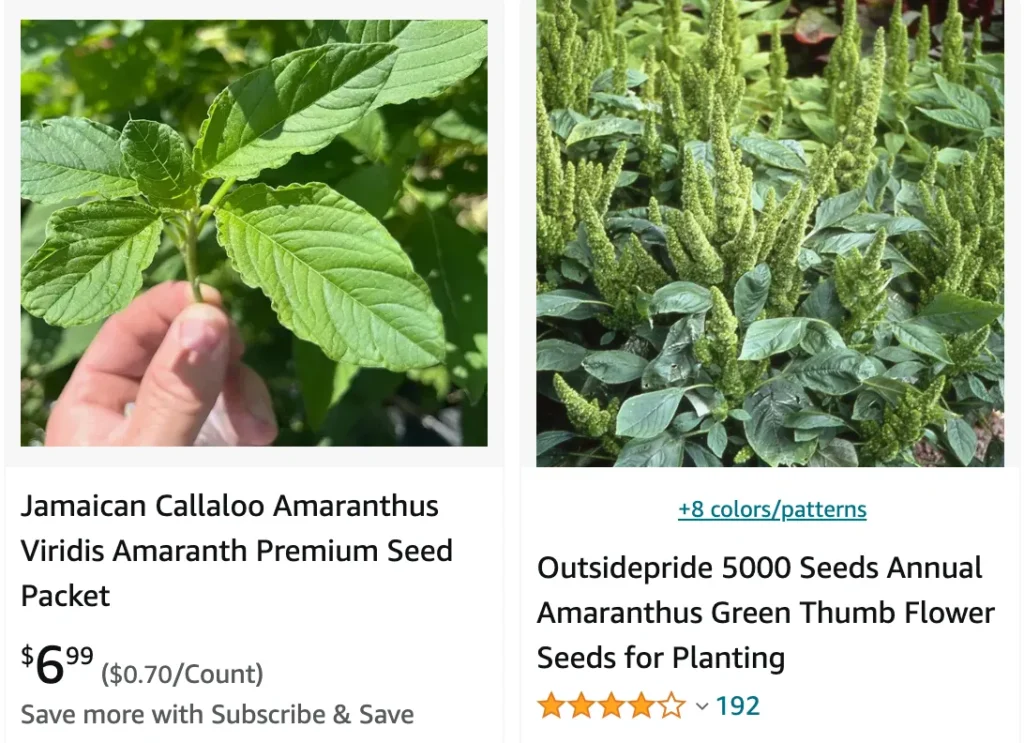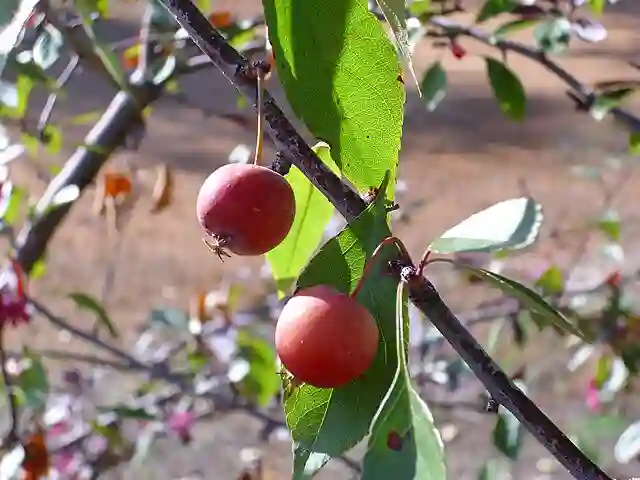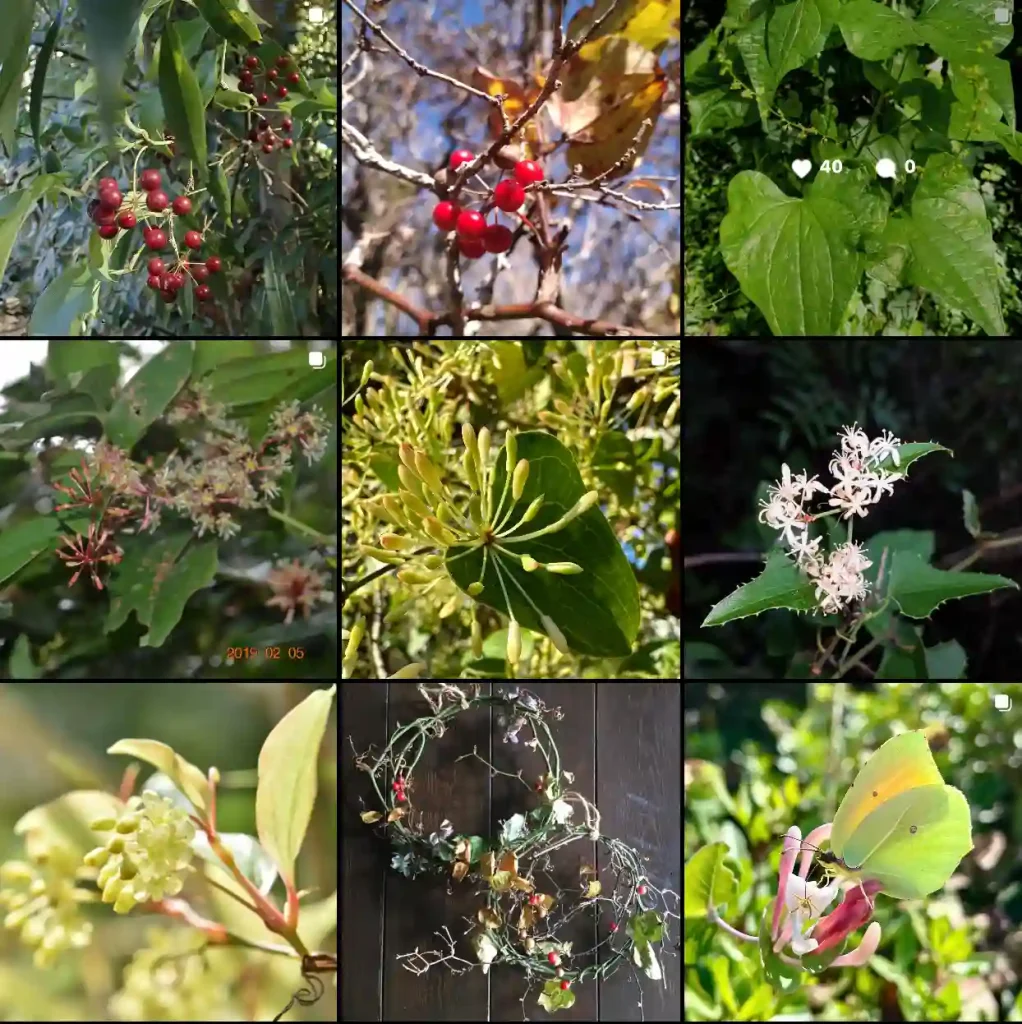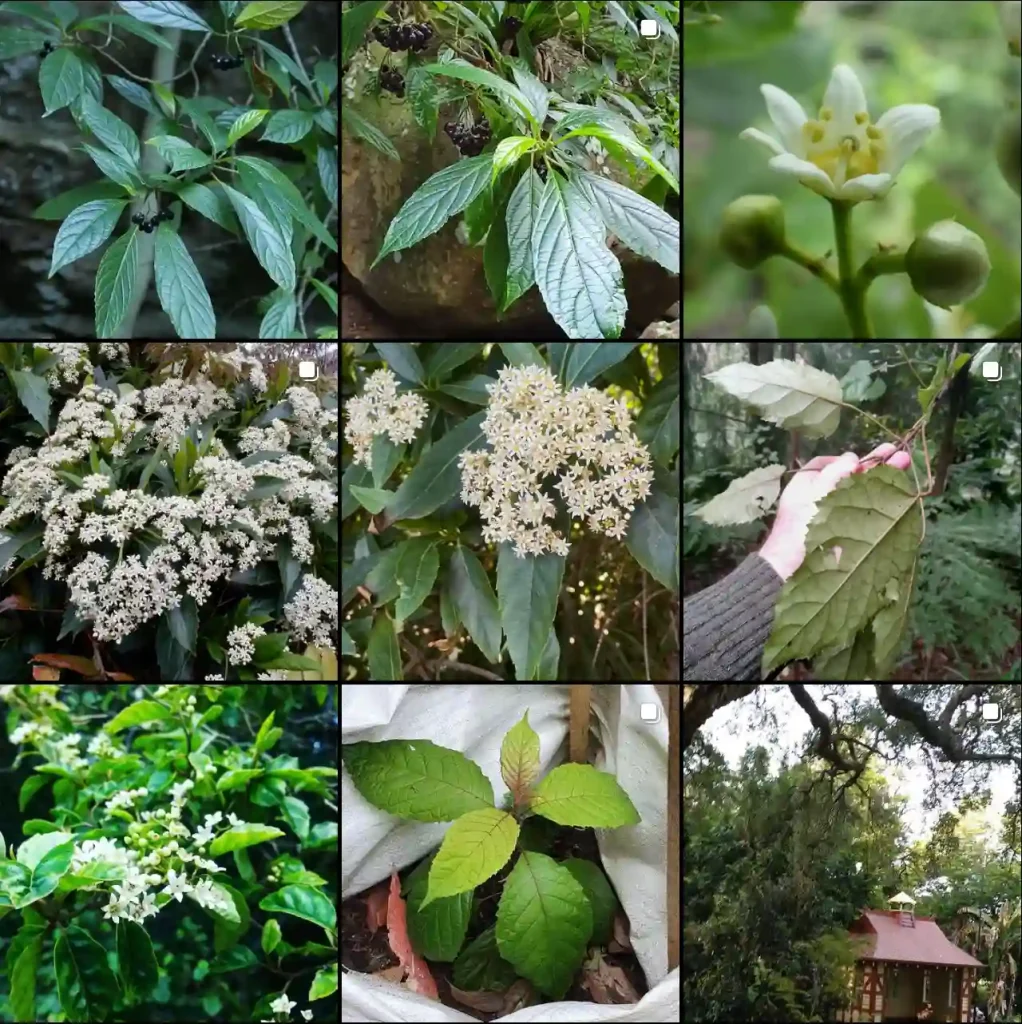
An Unfading Friend: My Adventures with Amaranthus Hybridus
There’s a certain charm to plants that thrive despite neglect. Amaranthus hybridus, often called green amaranth or smooth pigweed, is one such botanical wonder. This resilient annual has become a favorite in my garden, offering not just vibrant foliage but also potential culinary uses. Over the past few seasons, I’ve delved into the world of Amaranthus hybridus, and here’s what I’ve learned.
What is Amaranthus hybridus?
Amaranthus hybridus boasts a fascinating history. Its name originates from the Greek words “amarantos” meaning “immortal” and “anthos” meaning “flower,” reflecting the flower’s long-lasting qualities. Native to North America, it’s now found worldwide, adapting to diverse climates. This versatile plant stands tall, reaching up to 2-3 meters, with reddish-tinged stems and simple, alternate leaves. While some consider it a weed, Amaranthus hybridus offers a unique beauty and potential culinary value.
Plant Family: 184 Genera in Amaranthaceae
How to Plant Amaranthus hybridus?
Planting Amaranthus hybridus is delightfully straightforward. Here’s my experience:
- Timing is Key: These warm-weather lovers thrive in late spring or early summer, once the danger of frost has passed.
- Light and Location: Select a sunny spot in your garden with well-draining soil. Amaranthus hybridus can handle some shade, but full sun promotes better growth and flower production.
- Sowing the Seeds: Direct sow the seeds into prepared soil. There’s no need to pre-soak them. Simply scatter them lightly on the soil surface and press them gently. Cover with a thin layer of soil and keep the area moist until germination, which usually occurs within 7-10 days.
- Spacing: Thin the seedlings once they reach a few inches tall, allowing for 6-8 inches of space between each plant. This ensures proper airflow and prevents overcrowding.
How to Care for Amaranthus hybridus?
Amaranthus hybridus is a low-maintenance plant. Here are some basic care tips:
- Watering: Water regularly, especially during dry spells. Aim to keep the soil consistently moist but not soggy. As the plants mature, watering needs decrease.
- Fertilization: While not strictly necessary, a light application of balanced fertilizer during the growing season can encourage bushier growth and brighter foliage.
- Mulching: A layer of mulch around the base of the plants helps retain moisture, suppress weeds, and regulate soil temperature.
When to Harvest Amaranthus hybridus?
The beauty of Amaranthus hybridus lies in its versatility. You can harvest it at different stages for various purposes:
- Young Leaves: For a tender green addition to salads or stir-fries, harvest young leaves when they’re about 2-3 inches long. The flavor is mild and slightly spinach-like.
- Flower Clusters: For ornamental purposes, harvest the flower clusters once they reach their full size and vibrant color. They can be dried and used in everlasting arrangements.
- Seeds: If you’d like to save seeds for future plantings, allow the flower clusters to dry completely on the plant. Once they turn brown and papery, carefully remove them and extract the tiny black seeds.
Beyond the Basics: Additional Tips
My experience with Amaranthus hybridus has led me to discover a few additional things:
- Companion Planting: Amaranthus hybridus can be a good companion plant for other vegetables like corn and beans. It provides shade for young seedlings and may deter certain pests.
- Potential Pest Problems: While generally pest-resistant, Amaranthus hybridus can be susceptible to aphids. Organic methods like insecticidal soap or neem oil spray can be used for control if necessary.
- Potential Culinary Uses: The young leaves and seeds of Amaranthus hybridus are considered edible. The leaves can be enjoyed raw or cooked, while the seeds can be popped like popcorn or ground into flour. While I haven’t personally explored these culinary options yet, the possibilities are intriguing!
Amaranthus hybridus has proven to be a delightful addition to my garden. Its ease of care, vibrant colors, and potential culinary uses make it a well-rounded plant. Whether you’re seeking a low-maintenance ornamental or a potential source of greens, Amaranthus hybridus is a plant worth considering. So, why not give it a try in your own garden and discover its unfading charm?
If i die, water my plants!



